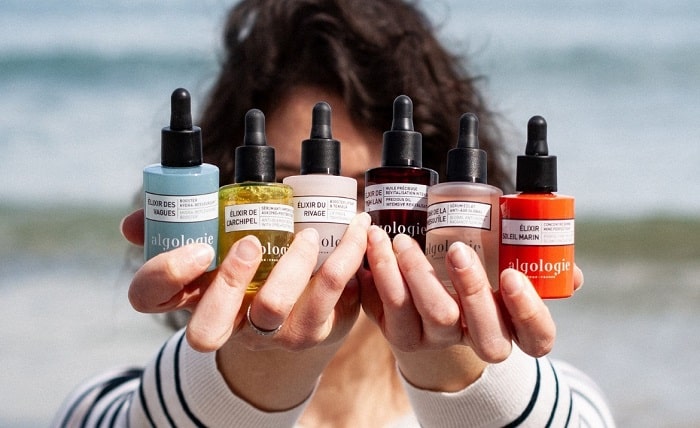How Often Should You Use a Face Serum? Tips for Maximum Effectiveness

Keeping skin healthy and radiant can sometimes feel challenging, especially with so many products on the market. It’s easy to get overwhelmed trying to determine which items are suitable for daily use. One item in particular, face serum, has gained much popularity. But how often should it be used? Is daily application ideal, or should it be used more sparingly?
Face serums are designed to deliver potent ingredients that address various skin concerns. Whether aiming to reduce fine lines, brighten skin, or improve hydration, understanding the correct use can lead to the best results. Here, we explain how frequently this product is applied and provide other helpful tips to maximise its effectiveness.
Consider Your Skin Type First
Before deciding on application frequency, it’s crucial to consider your skin type. Different skin types react differently to ingredients, like oily, dry, or combination. Those with delicate or dry skin might need a gentler approach. Conversely, oily may handle more frequent use depending on the formula. Knowing your unique needs is essential to establishing an effective routine.
Start with a Patch Test
When introducing a new serum, always start with a patch test. This helps ensure the formula won’t irritate or cause breakouts. Apply a small amount to a less visible area and wait 24 hours. If no reaction occurs, applying it to the face is usually safe. This extra step can prevent unwanted reactions and is especially important for sensitive skin.
Gradually incorporate the serum into your routine, starting just a few times a week to let it adjust. Over time, as your skin builds tolerance, you can increase usage according to the product’s instructions. Remember, consistency is key, but patience ensures you get the best results without compromising your health.
Begin Slowly and Build Up
Starting with a slow application schedule is often recommended, especially for those new to serums. Using it two to three times a week can help the skin adjust to the ingredients. After observing how your skin responds, you can gradually increase usage. This approach allows for a balanced introduction without overwhelming the skin.
Use Once Daily for Most Skin Types
For most people, using a serum once daily is sufficient. Evening is often an ideal time since the skin naturally repairs itself overnight. Applying a serum after cleansing and before moisturising in the evening helps the active ingredients penetrate effectively.
It’s a simple yet impactful addition to a nighttime routine for maximum benefit. By allowing the serum to work overnight, you wake up with refreshed and revitalised skin. The regular nighttime application can enhance hydration, brighten the complexion, and support overall health.
Morning and Evening for Extra Benefits
Some serums can be applied both in the morning and evening. For instance, hydrating or antioxidant formulas, like those containing Vitamin C, are suitable for twice-daily use. They provide an extra layer of protection against environmental factors during the day. However, always check the instructions to ensure the formula is safe for frequent application.
Follow with a Moisturiser
Applying a moisturiser after a serum can enhance its effects. This step locks in the active ingredients and provides an additional layer of hydration. The moisturiser helps keep the serum from evaporating too quickly, ensuring it reaches deeper layers.
Combining these two steps maximises the product’s impact, leading to improved results. This pairing creates a protective barrier, helping it retain moisture and nutrients for longer. Over time, it promotes a smoother, more radiant complexion by supporting the natural barrier and hydration levels.
When used correctly, face serums can significantly enhance a skincare routine. For most, applying once daily, preferably in the evening, is optimal. Consider skin type, start slowly, and be consistent for the best results. With these tips, effectively incorporating this product can lead to glowing, healthier-looking skin.




